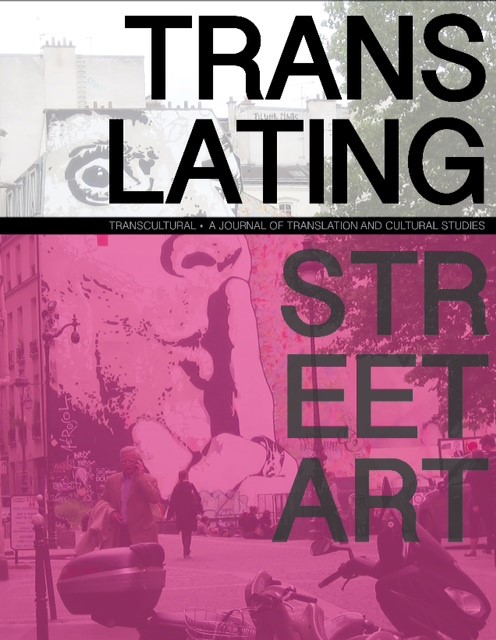CONCRETE IMPRESSIONS: A POETIC VISION OF CUBAN GRAFFITI
DOI:
https://doi.org/10.21992/T9T32HKeywords:
Translation, Culture, Street ArtAbstract
For those familiar with the sight of Cuban streets, particularly that of Havana, the photos represented in this series of short poems will not be of surprise seeming as different forms of graffiti seen in words, phrases from famous revolutionaries, or quotations from Cuban patriarchs are a common sight and form of political and ideological expression in Cuban culture. Graffiti in this sense sparks not a feeling of societal rebellion in Cuba, but rather takes a very different place in urban Cuban culture promoting often revolutionary ideologies of the past through historical figures and words plastered along concrete walls and structures. Concrete walls, often the urban back drop of such graffiti, takes the form of a common motif throughout these five poems. Concrete represents a structure of durability and consistency that appeals to the message of graffiti throughout the island. Within such a metaphorical statement erupts a scandal of image versus reality in Cuban society, a society which arguably sees revolutionary ideology at work on walls perhaps at times more than within Cuba's growing modern culture that eagerly seeks ways to break through the old concrete ridden streets. That is to say, one is left to question whether the image on the concrete is as "concrete" as it appears.Downloads
Downloads
Published
Issue
Section
License
Authors who publish with this journal agree to the following terms: a.Authors retain copyright and grant the journal right of first publication with the work simultaneously licensed under a Creative Commons Attribution License that allows others to share the work with an acknowledgement of the work's authorship and initial publication in this journal. b.Authors are able to enter into separate, additional contractual arrangements for the non-exclusive distribution of the journal's published version of the work (e.g., post it to an institutional repository or publish it in a book), with an acknowledgement of its initial publication in this journal. c.Authors are permitted and encouraged to post their work online (e.g., in institutional repositories or on their website) prior to and during the submission process, as it can lead to productive exchanges, as well as earlier and greater citation of published work (See The Effect of Open Access).



